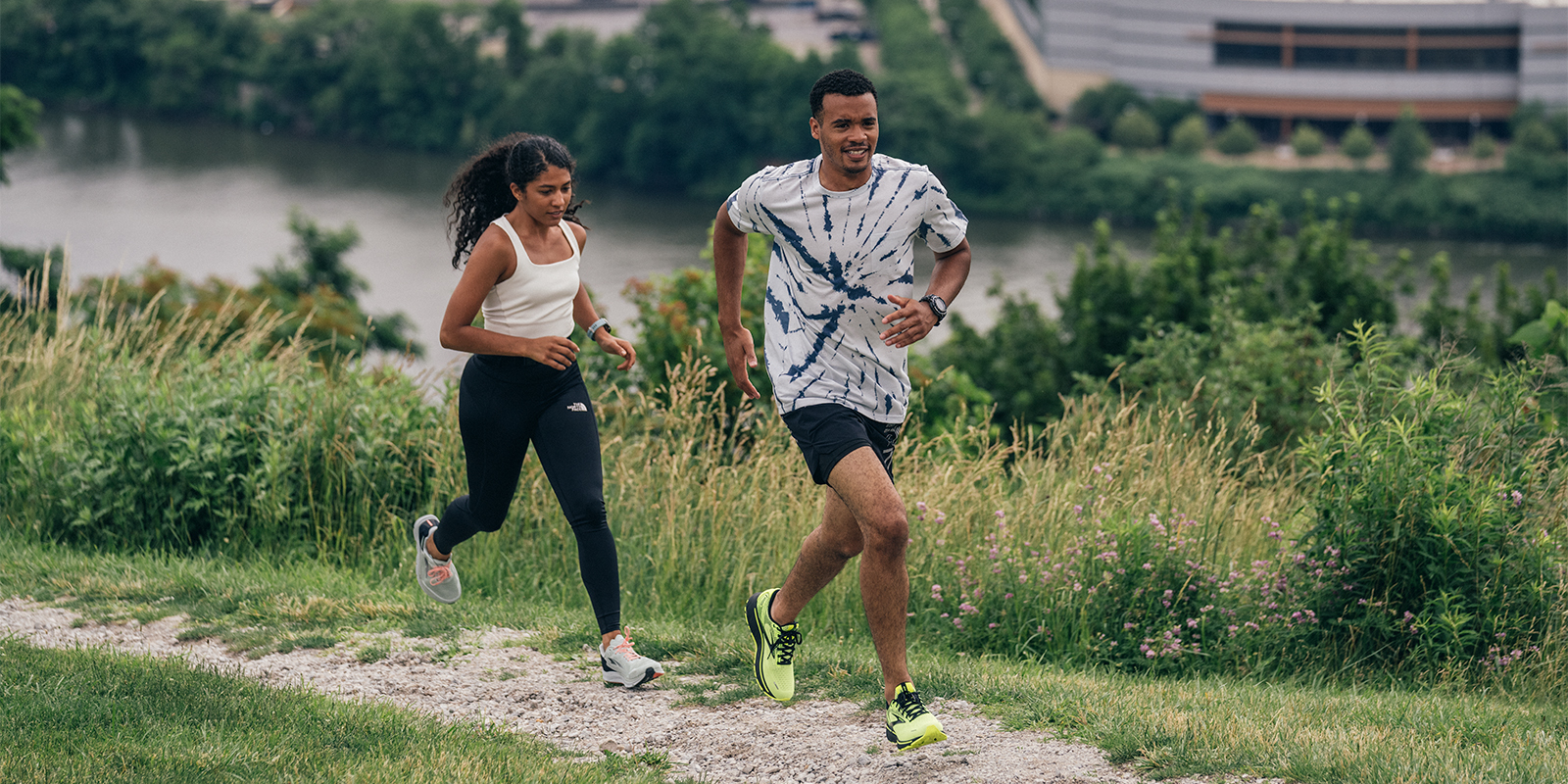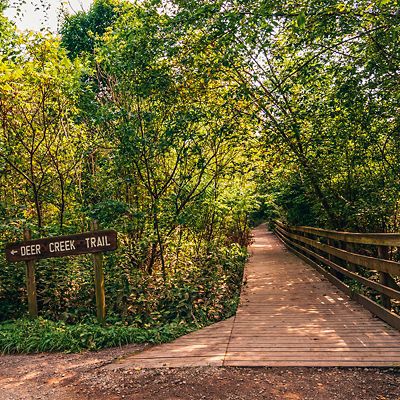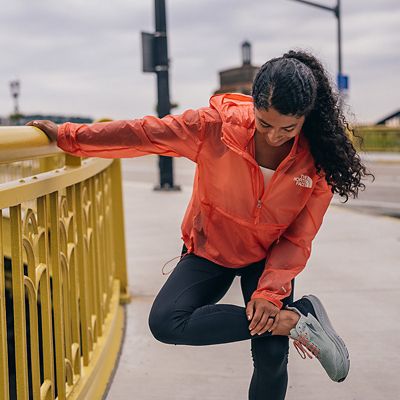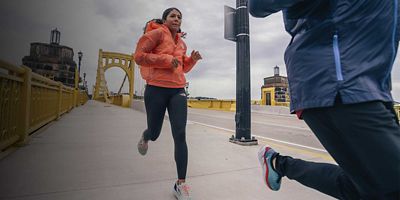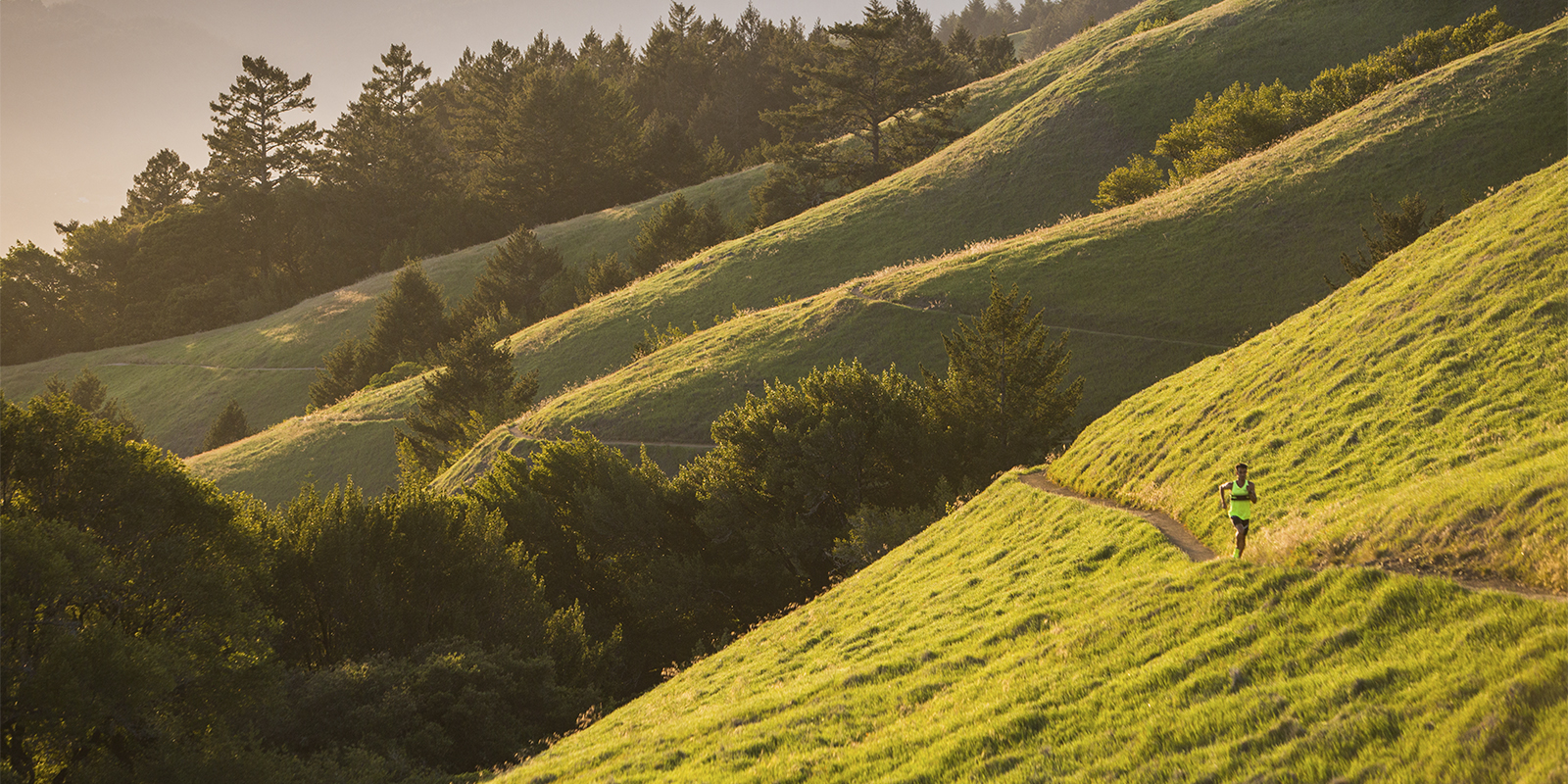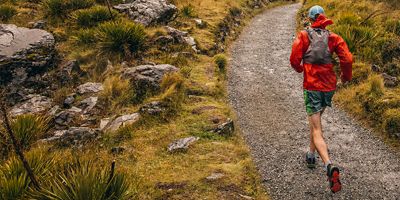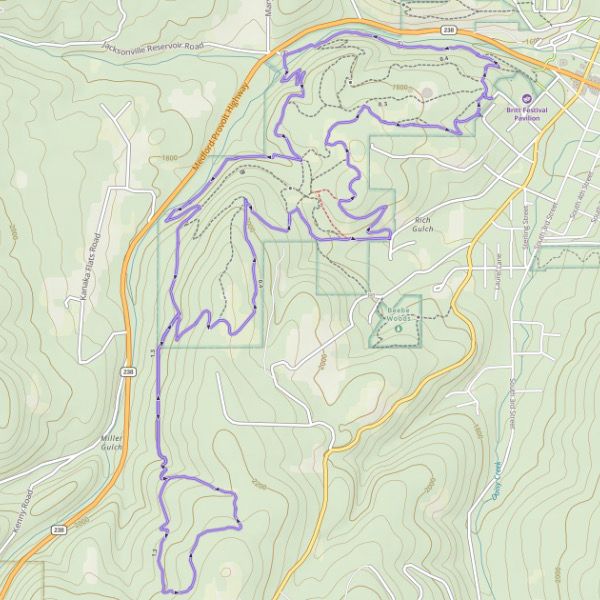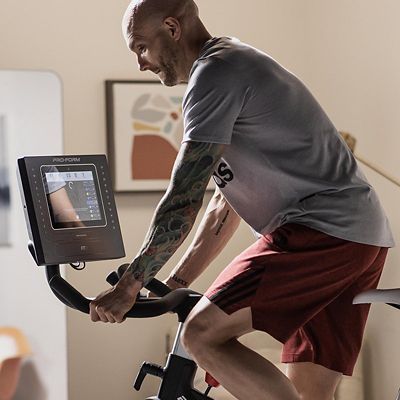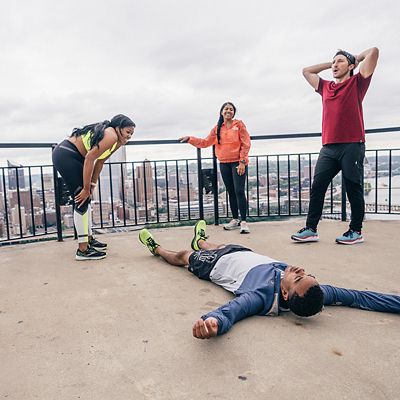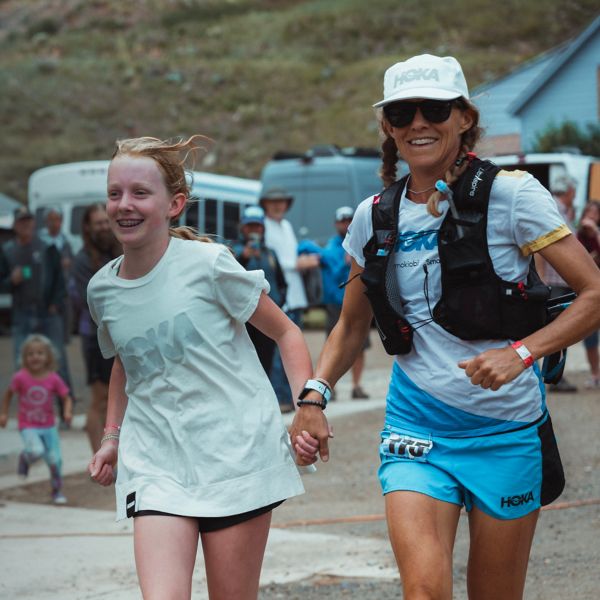Not all trails are created equal. Some are smooth and mellow, with dirt or gravel or woodchip surfaces. These trails require minimal adjustment of your natural running stride, if any at all. Other trails, however, may be riddled with roots, rocks, ruts, and other natural obstacles. These technical trails require more adjustment to your technique to maintain speed and safety. Here’s how to boost comfort and confidence on technical trails.
The Basics
On rugged trails, staying relaxed, shortening your stride, and widening your armswing (for balance) helps keep you agile and ready to navigate over or around obstacles. And scanning the trail ahead of you—anywhere between 3 to 10+ feet ahead—lets your brain register what’s coming and helps you choose what line you’re going to take. (Tip: Look where you want to go, not where you don’t.)
Stay Upright
It’s natural to lean back when running downhill, but try not to exaggerate the lean. Staying upright, with your spine stacked vertically on top of your tailbone instead of in a backwards angle, will help with balance and agility, especially on downhills riddled with rocks. Leaning way back on a downhill makes it harder to keep your legs moving quickly, so you’ll be slower to react to obstacles and take any recovery steps. But don’t lean too far forward either; that can lead to excessive, uncontrollable momentum.
Choose the Right Footwear
Trail running shoes intended for technical terrain can make a big difference. Look for the following features.
Traction: Toothy outsoles grip better than low-profile tread on loose terrain, and sticky rubber gives you the best traction on rock slabs.
Protection: Look for a reinforced upper. Rubber armor on the toe (called a “toe bumper”) and other overlays keep your feet from getting jabbed and poked by rocks and roots. They also improve durability.
Cushion: Highly cushioned trail shoes absorb the impact of small rocks and roots and help you run right over them, while minimally cushioned trail shoes require more of an effort in picking around obstacles. However, minimalist shoes offer better “ground feel,” which some runners prefer.
Fit: Your shoes should fit well (not too big), so that your feet don’t slosh around laterally within the shoe. A sloppy fit leaves you disconnected from the shoe, and the trail; a secure fit gives you control of the shoe’s traction, which makes you more agile.



